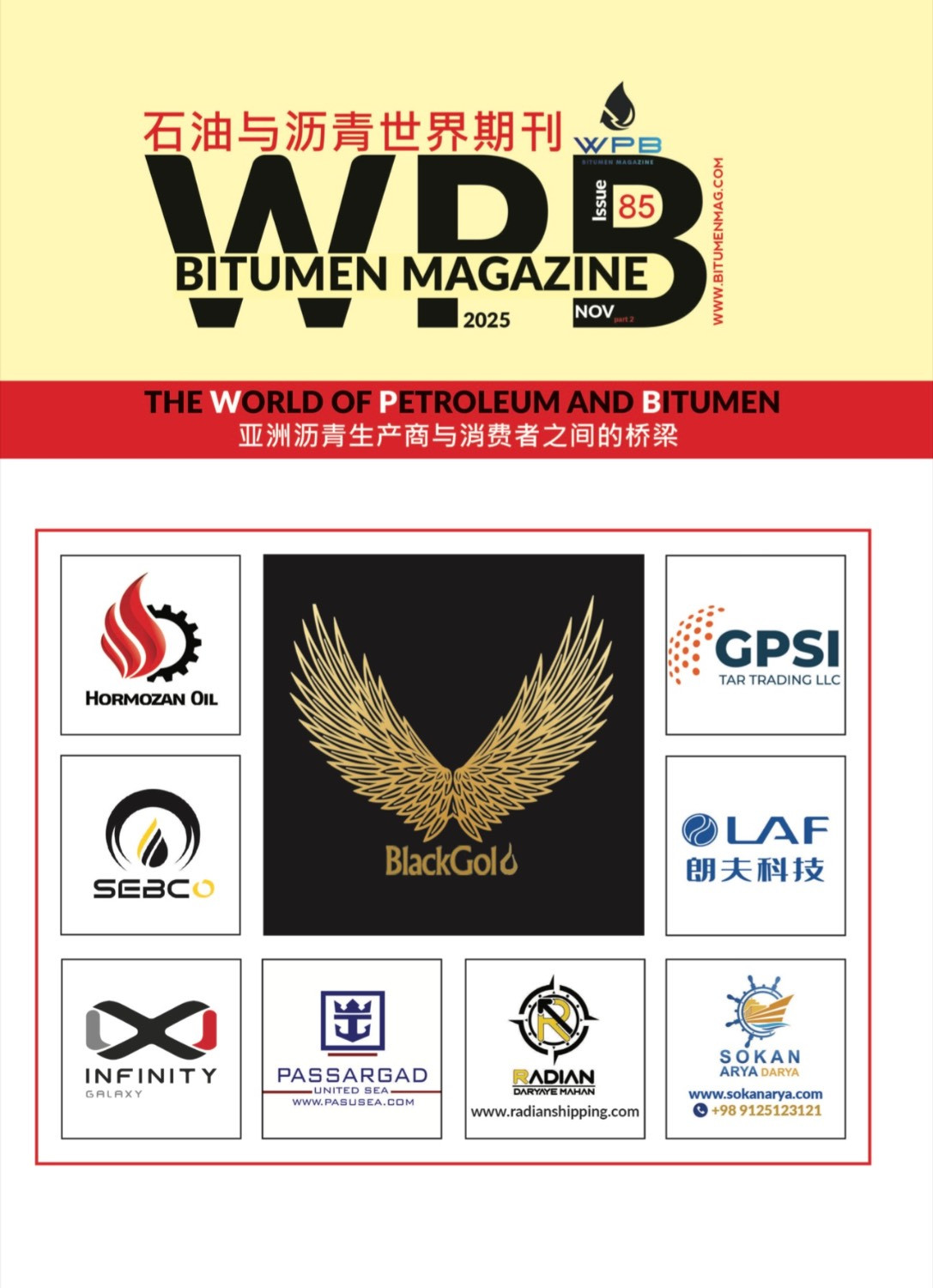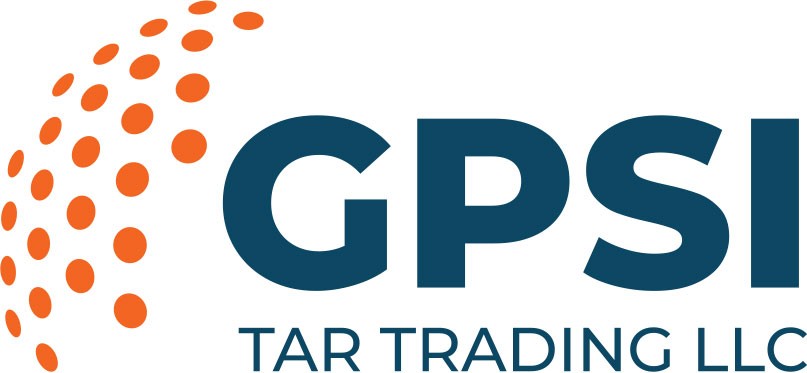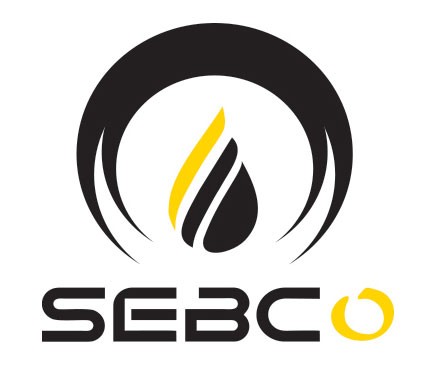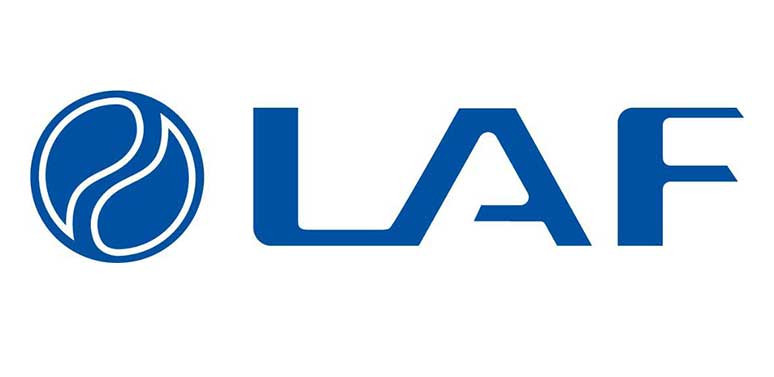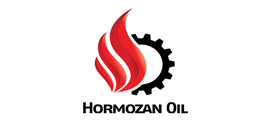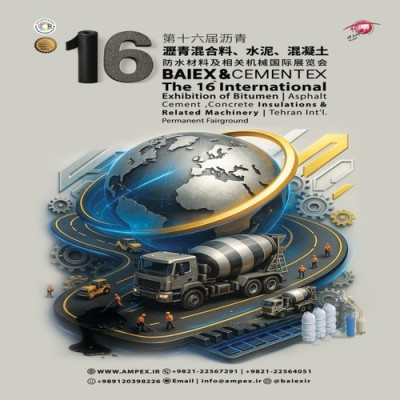According to WPB, As of November 6, 2025, the global oil market stands at a crossroads — fragile yet remarkably stable. Brent crude prices edged up modestly to around $63.69 per barrel, signaling a market caught between cautious optimism and persistent uncertainty. Although such a small uptick may seem insignificant, experts see it as a critical indicator of deeper economic trends shaping the energy landscape of late 2025.
Over the past months, oil prices have been oscillating within a narrow band, reflecting an uneasy equilibrium between restrained supply and weakening demand. Major oil producers have shown production discipline to prevent oversupply, but global consumption has not recovered to pre-pandemic levels. Economic growth in major industrial regions — including parts of Asia, Europe, and North America — remains uneven, with inflationary pressures and high interest rates tempering industrial output and transport fuel demand.
Energy economists argue that this moment is less about the price per barrel and more about the shifting structure of the global energy market itself. Several key forces are at play:
1. Demand Rebalancing: Industrial sectors are gradually transitioning to more energy-efficient technologies. Even in oil-dependent economies, investments in renewables and electric mobility are slowly reshaping consumption patterns. This transition suppresses short-term oil demand but may ensure longer-term market stability.
2. Geopolitical Factors: Regional conflicts, trade restrictions, and the repositioning of alliances are influencing energy flows. Sanctions on certain producers have tightened supply chains, while others are expanding exports to fill the gaps. This geopolitical chessboard continues to generate volatility, even in weeks of apparent calm.
3. Market Psychology: Investor sentiment has become as influential as actual physical supply and demand. Futures markets now react more strongly to macroeconomic forecasts and monetary policy than to tanker movements. As a result, speculative trading often amplifies short-term price swings.
Despite the challenging backdrop, the resilience of oil prices hints at a global market adapting to new realities. Many producers have embraced flexible production policies, adjusting output monthly based on demand signals rather than rigid quotas. This agility helps avoid sudden shocks while maintaining price floors acceptable to both exporters and importers.
Financial analysts emphasize that in this environment, risk management is the new profit driver. Companies dealing in crude oil and refined products are diversifying into data analytics, logistics, and green energy ventures. The “new oil economy” is no longer just about drilling and refining — it’s about anticipating disruptions and turning volatility into opportunity.
However, uncertainty persists. Weak demand from key economies, coupled with rising stockpiles in storage hubs like Cushing and Singapore, continues to limit upward momentum. Even modest gains in price are fragile, as market sentiment can quickly reverse under new economic data or political developments.
Looking forward, experts predict a gradual stabilization rather than a rally. The market’s ability to balance weak consumption against disciplined production will define oil’s path for the remainder of 2025.
As one analyst summarized:
“The market isn’t broken — it’s evolving. What we’re witnessing is the birth of a leaner, smarter, more adaptive oil economy.”
By WPB
Bitumen, News, Bitumen Price, Oil, Demand

